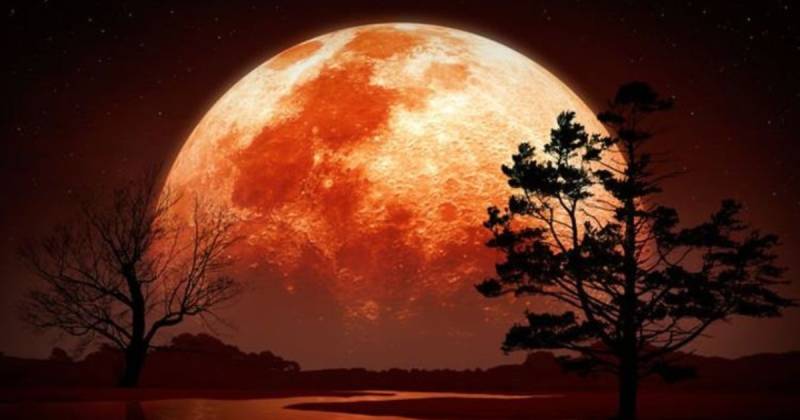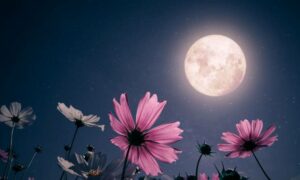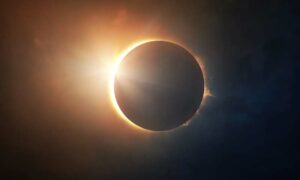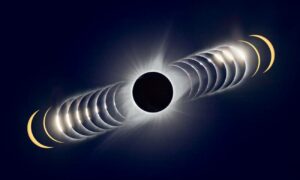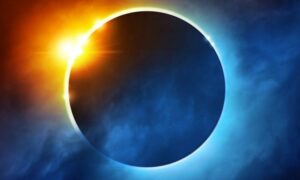The full Hunter’s Moon will rise this weekend (October 28), and for some skygazers, it will be obscured by Earth. The lunar eclipse will be best seen from observers in Europe, Africa, and Asia, but there will be much to see from all over the world as Jupiter shines brightly alongside the moon as it rises.
According to report, the October full moon has been referred to as the Hunter’s Moon in the Northern Hemisphere since the 18th century because it is an important time for hunting. On Saturday, October 28, at 3:35 p.m. EST, the moon will be fully illuminated. Later that evening, when the moon rises where you are, will be the finest time to observe as our neighbouring planet rises above the eastern horizon.
While the full moon is high in the sky, observers in Europe, Africa, and Asia will also be able to witness it move in and out of the penumbra, or outer shadow, of the Earth.
At the peak of the event, a portion of the moon will be inside Earth’s darker umbra, which typically results in a reddish “Blood Moon.” However, the effect will be exceedingly small because only 6% of the moon gets darkened this time. Using this interactive map on Timeanddate.com, you can determine exactly what you’ll see and when.
A “ring of fire” solar eclipse that was visible over North America on October 14 will be followed by a lunar eclipse barely two weeks later. Not by chance, at all. The ecliptic, or the sun’s path through our daytime sky, is where the moon’s orbit is 5 degrees off-center. The preceding or next full moon (and occasionally both) causes a lunar eclipse when they cross the ecliptic at the same time as a new moon.
The presence of Jupiter, which is only 3 degrees below the moon from wherever you are viewing it, will probably be the most interesting sight once the moon is high in the sky. Due to the fact that it will be at its yearly opposition on Thursday, November 2, it will shine particularly brightly with the Hunter’s Moon. On that day, Earth will be between the sun and Jupiter, making it appear “full,” with the sun lighting the entire planet from Earth’s perspective.
Jupiter will rise around sunset and set at sunrise, remaining visible all night because it is also this year’s nearest planet to Earth, at a distance of 370 million miles (595 million km), according to EarthSky. The greatest period of the year to watch Jupiter is during the few weeks either side of its opposition.
The Beaver Moon, which occurs on November 27, will be the next full moon.
- Top 5 Health Insurance Stocks to Add to Your Portfolio - July 26, 2024
- 7 Reasons Edamame is Great for Your Health - July 26, 2024
- 2024 Paris Olympics: How Many US Athletes Are Competing? - July 26, 2024

